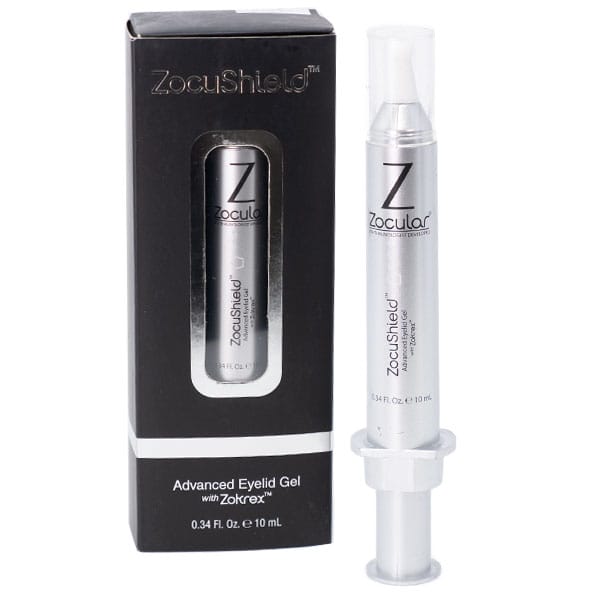Blepharitis: What is it?
Blepharitis is a common condition where the edges of the eyelids become red and swollen and the inflammation affects the skin around the base of the eyelashes
Common symptoms of Blepharitis include:
- Itchy, sore and red eyelids
- Crusting of eyelids
- Eyelids stick together
- Burning, gritty sensation
- Swollen eyelid margins
- Increased sensitivity to light
- Reduced contact lens wearing time
- Crusting on the eyelids
- Abnormal eyelash growth or loss of eyelashes (severe cases)
Dry Eye Causes
Suffering with Dry Eyes?
Suffering from Dry Eyes?
Causes
- Staphylococcus bacteria – these commonly live on the skin, but for unknown reasons they can cause the eyelids to become inflamed.
- Seborrhoeic dermatitis – a skin condition that causes skin to become oily or flaky and sometimes irritate the eyelids, it can also cause the Meibomian glands to block resulting in Meibomian Gland Dysfunction (or MGD).
- Demodex mites – are a common cause of blepharitis. They consume cells in the hair follicle resulting in a weakness in the follicular, this is thought to result in loose or misdirected lashes. Demodex related infection is often present when cylindrical type crusting is visible at the base of the lashes. Don’t be alarmed though, Demodex lives naturally in our skin but too many can cause blepharitis. IPL treatment as well as special lid wipes are recommended treatments for Demodex.
Tips for Blepharitis Suffers
Medical Treatments
Depending on the type of blepharitis, we may prescribe a course antibiotic drops, ointments or creams specifically formulated to reduce the volume of Demodex mites. We will discuss this with you during your consultation.
Demodex is a parasitic mite that lives in the eyelashes and feeds on bacteria and skin. Our approach is to perform in-practice lid debridement and ZEST/Blephex treatment to reduced the initial load of mites. However, Demodex mites lay eggs and these can take months to remove. As a result, we recommend at-home lid treatment and sometimes treatments like Ivermectin creams used for 3 months before bed.
Daily Lid Hygiene
Lid hygiene should be performed every morning and sometimes morning and evenings. This helps to remove mucous and debris on the eyelids. It reduces the bacteria on the eyelids by removing the food source and also helps to reduce irritation. There are a number of different companies offering lid therapies. Lid wipes and foam/gels are available as individual sachets (convenient for travel) or as separate lid wipes with separate lid cleaning solution (much more cost effective). For Demodex related blepharitis, we recommend specially formulated hypochlorous spray which reduces the food source for Demodex or foam washes. These are available in-practice.
